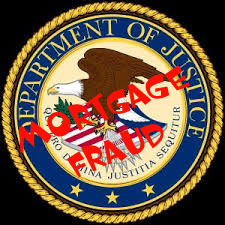Getting a mortgage loan? Does it feel like the underwriting process is over zealous? It is… but the reasons why are justified. During the real estate boom from around 1999 to 2007, fraud was rampant. A big reason for the fraud was that the lending industry was a bit too trusting. So today, when the industry verifies everything, it feels a bit intrusive.
I simply ask this: If you were to give a stranger hundreds of thousands of dollars, what would you ask for to be comfortable?
These days every Mortgage Application is examined very carefully for any sign of possible fraudulent activity. There are several high areas of possible fraud activities that Underwriters look for in all loan applications:
- Mortgage Application fraud
- Occupancy fraud (really a rental)
- Credit Reports
- Employment Fraud
- Down payment money fraud
- Income documentation fraud
- Appraisal fraud
- HUD-1 (Settlement Statement shows suspicious items)
Underwrites also look very closely at the Purchase Agreement. We deal with numerous issues on the contract that Realtors may just be sloppy, or are trying to hide something. Being aware of what these Red Flags may be can help to avoid underwriting nightmares.
- Any item that has been whited out.
- Numbers appear to be squeezed together due to alterations.
- Different handwriting and signatures for the same individual.
- Earnest Money Deposit equals the whole Down payment or is an odd amount.
- Earnest money check not from the actual buyer
- Non Arms-Length transaction. For example the Seller is a Real Estate Agent, Broker, Relative, Employer, etc.
- Seller is not presently listed on Title.
- Seller has only owned the home for a short period
- Multiple buyers on contract but only one applying for mortgage
- Buyer has been added to, or deleted from the Sales Contract
- Power of Attorney transactions.
- Personal items on contract (boats, lawn equipment), then “removed”
- Earnest Money Checks have inconsistent dates. For example Check #101 is dated 11/12, but Check #103 is dated 10/28.
- Contract is filled in, in very few areas with several areas left blank which is not typical of a normal Sales Contract.
The above list is not all inclusive, but it gives a good idea of how closely Underwriters Look For Red Flags During The Loan Approval Process. The more aware Realtors are of what Red Flags Underwriters are looking for in a Sales Contracts, the more questions they can help eliminate, and reduce issues and closing delays.
